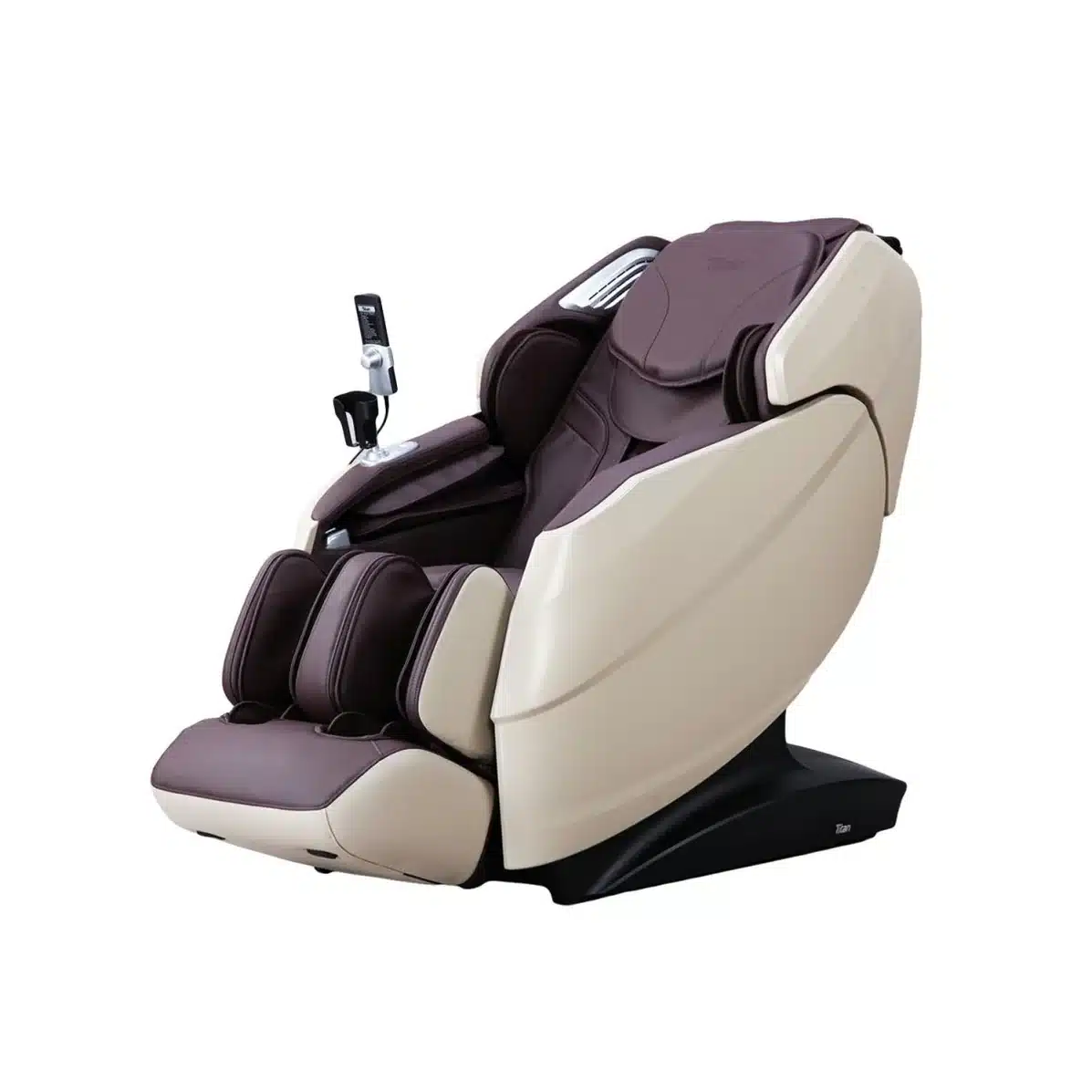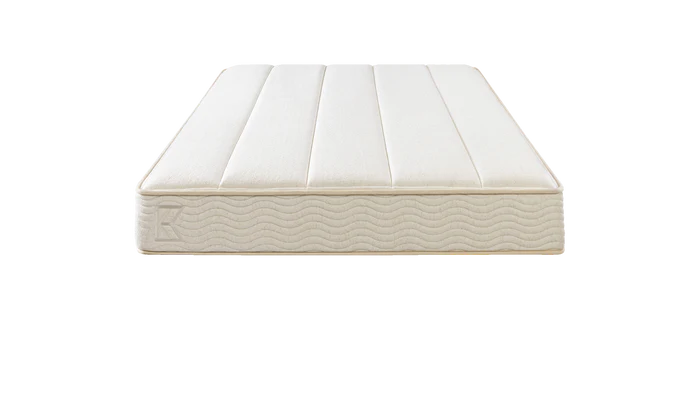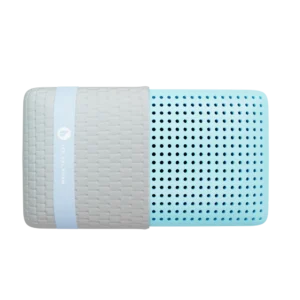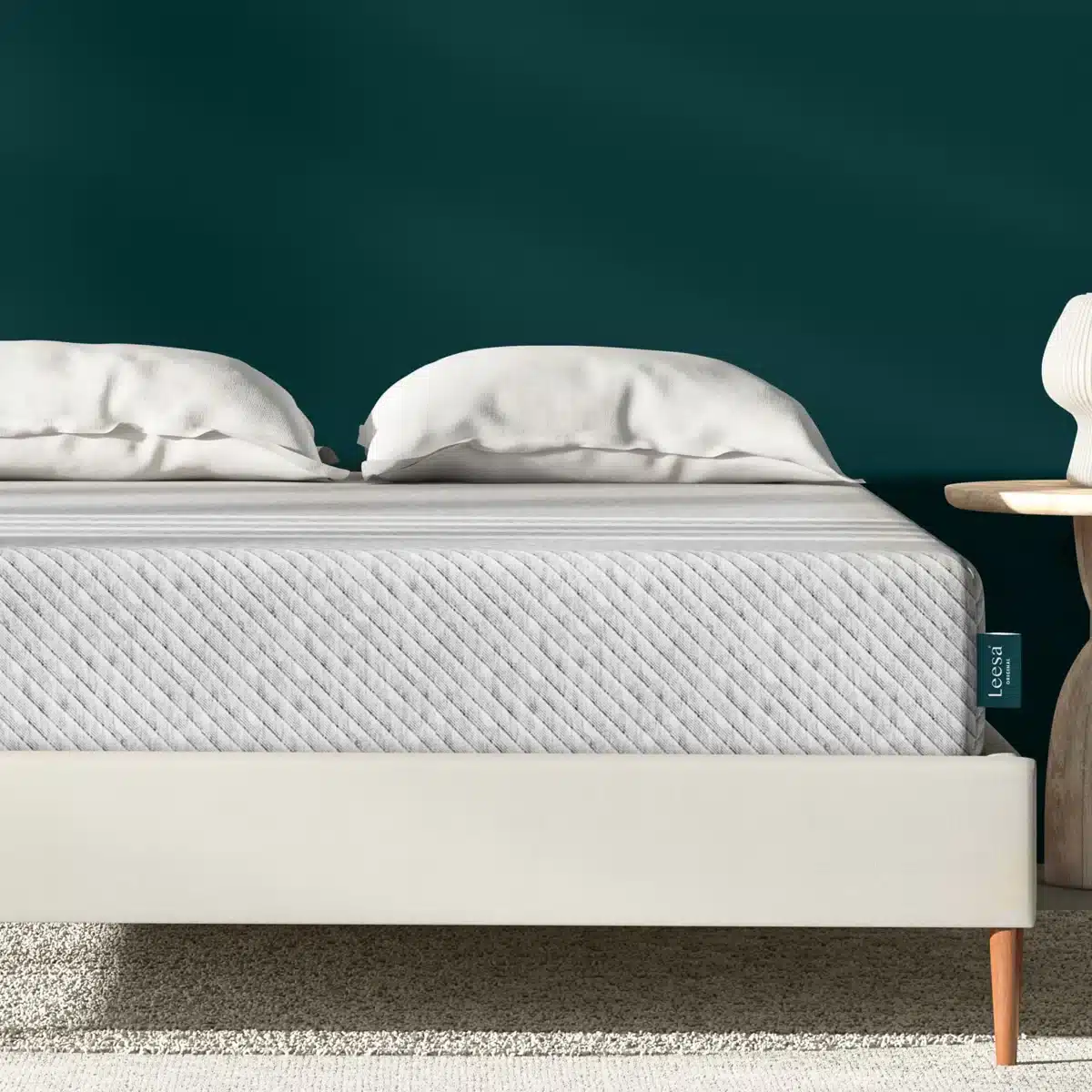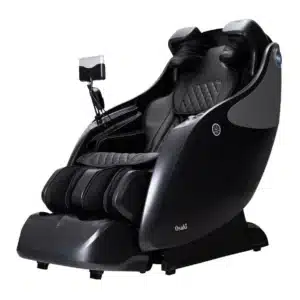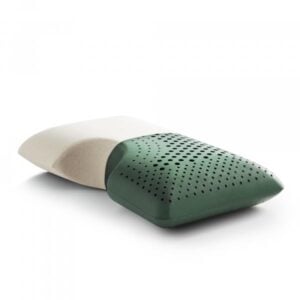Sleep Apnea: Symptoms, Risks, Effects, and Treatment
Sleep disorders can take many forms, impacting millions globally. While some people struggle to initiate sleep, others find it difficult to maintain it. Among these disorders, one of the most prevalent—and serious—is sleep apnea. It’s crucial to diagnose and address the root of sleep disorders like sleep apnea, as they can significantly undermine physical and mental health. Prolonged lack of sleep can affect health, memory, concentration, productivity, and even immune function.
Understanding Sleep Apnea
Sleep apnea is a serious sleep disorder characterized by repeated interruptions in breathing during sleep. Those affected may experience disrupted breathing hundreds of times a night, leading to snoring, dry mouths, fragmented sleep, and excessive daytime sleepiness. Alarmingly, an estimated 22 million Americans suffer from sleep apnea, yet around 80% remain undiagnosed. Most commonly, it affects adults aged 20 to 70. Research indicates that individuals with sleep apnea may wake up nearly 30 times each hour, severely impairing sleep quality and impacting overall well-being.
Types of Sleep Apnea
Sleep apnea can be broadly categorized into two types, each with distinct underlying causes:
Obstructive Sleep Apnea (OSA)
Obstructive sleep apnea is the more common form and occurs when the airway is blocked, typically by relaxed throat muscles. This obstruction can lead to interrupted or halted breathing during sleep. People with OSA often snore loudly, a symptom that may be overlooked by the individual experiencing it. The relaxed muscles during sleep can cause the airway to become increasingly obstructed, raising the risk of sleep disturbances.
Central Sleep Apnea (CSA)
Central sleep apnea, on the other hand, occurs when the brain fails to send the appropriate signals to the muscles responsible for breathing. Unlike OSA, there’s no obstruction in the airway. Instead, the issue lies within the brainstem, affecting breathing regulation. CSA is more prevalent among older adults and infants, and if untreated, can result in severe complications, including death, as breathing may cease for extended periods.
Both types can cause significant distress for the sufferer, often without their awareness, making early diagnosis crucial.
Causes of Sleep Apnea
A multitude of factors can contribute to the development of sleep apnea. Common causes include:
– Obesity: This is one of the leading contributors to OSA. Excess body weight leads to thicker tissues surrounding the airway, increasing the likelihood of obstruction during sleep.
– Endocrine Disorders: Conditions such as hypothyroidism can exacerbate OSA, particularly among postmenopausal women undergoing hormone replacement therapy.
– Genetics: A family history of sleep apnea can increase risk. Physical traits such as a thick neck or dental issues may also predispose individuals to the disorder.
– Large Tonsils: In children and infants, enlarged tonsils or adenoids can obstruct airflow and lead to sleep apnea. In such cases, medical treatment or surgery may be necessary.
– Unhealthy Lifestyle: Habits like smoking and excessive alcohol consumption can relax the throat’s muscles, worsening airway obstructions.
– Age: The prevalence of sleep apnea increases with age, particularly in men over 40, often exacerbated by weight gain.
– Neuromuscular Disorders: Conditions affecting muscle function, such as multiple sclerosis, can lead to breathing difficulties, contributing to OSA.
Symptoms of Sleep Apnea
The symptoms of sleep apnea may be more noticeable to partners or family members than to the person affected. Hence, input from others is critical for diagnosis. Common signs include:
– Loud Snoring: Habitual snoring, particularly if loud and frequent, may indicate sleep apnea.
– Shortness of Breath: Frequent nighttime awakenings with feelings of choking or breathlessness are hallmark symptoms.
– Daytime Fatigue: Insufficient restful sleep can lead to excessive daytime sleepiness and difficulty concentrating.
– Morning Headaches: Consistent waking with headaches or a dry mouth can be indicators of sleep apnea.
– Low Libido: Chronic fatigue from sleep deprivation can significantly impact energy levels, affecting libido.
Treatment Options for Sleep Apnea
Effective treatment of sleep apnea often begins with addressing any underlying health issues. Depending on the severity and type of sleep apnea, several treatment options are available:
– Breathing Devices: Continuous Positive Airway Pressure (CPAP) devices are commonly used. These machines provide a constant stream of air to keep the airway open during sleep.
– Oral Appliances: Customized mouthpieces can help align the jaw and tongue to maintain an open airway. These devices are fitted by dental professionals.
– Surgery: In cases where non-invasive treatments are ineffective, surgical options such as uvulopalatopharyngoplasty may be considered to remove tissue obstructing the airway.
– Myofunctional Therapy: This therapy focuses on exercising the muscles in the face and throat, aiding in reducing snoring and alleviating symptoms.
Conclusion
Sleep apnea is a serious condition that can impact health in significant ways. Understanding the symptoms and taking proactive steps toward diagnosis and treatment are essential for those affected. If you or someone you know displays signs of sleep apnea, it’s imperative to consult a healthcare professional for a comprehensive evaluation. Early intervention can improve quality of life, ensuring a better night’s sleep and overall well-being.



